
If you are in the market for a mini skid steer for the first time, there are a few points to consider. It is important to do your research and understand your application before choosing a loader and going ahead with your investment. We have listed some points below, which will help you with your decision.
How often are you planning on operating your loader and for how many hours at a time? And which engine type is suitable?
Generally, the frequency of use will determine your power options. Gas compact loaders attract the lowest upfront cost, however for those putting big hours on the machine find that the diesel is the cheapest option in the long run. Our sales reps have a handy guide that helps you determine which mini skid steer loader is best for the hours you plan to put on the mini loader. A more detailed comparison of the two engine types can be found here.
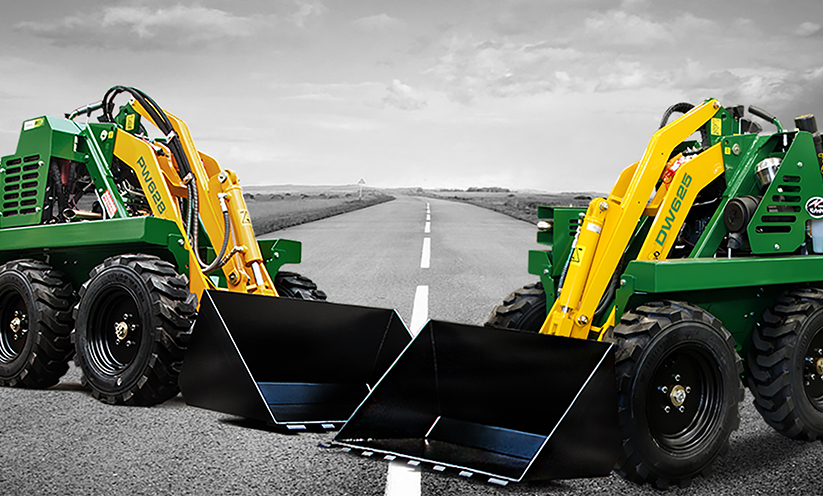
What areas and spaces will you be operating in? What requirements does your industry have when it comes to access?
As residential blocks in inner cities are becoming smaller, private contractors, pool installers, landscapers, fencing contractors etc. have started to require a narrower machine. The 6 Series wheeled machine is our narrowest in the fleet at only 40.6” width. Even our large 8 Series machine maintains a width of just over 41”. Carefully think about what access restrictions you may face before purchasing a mini skid steer.
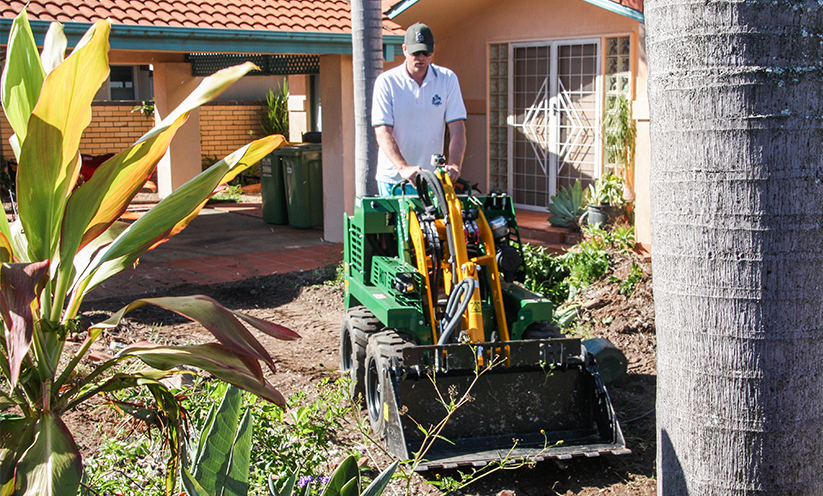
How do you plan on transporting your loader? What is the capacity of your towing vehicle and what type of trailer do you plan on using?
The towing capacity will determine which sized loader and how many attachments you can fit onto a trailer. The most common type of trailer is our 2 ton alloy as it can fit a Kanga 6 series loader with trencher, 4in1 bucket, power head and 3 auger bits comfortably under 2T. We also have options for customers with trucks that have a larger towing capacity.
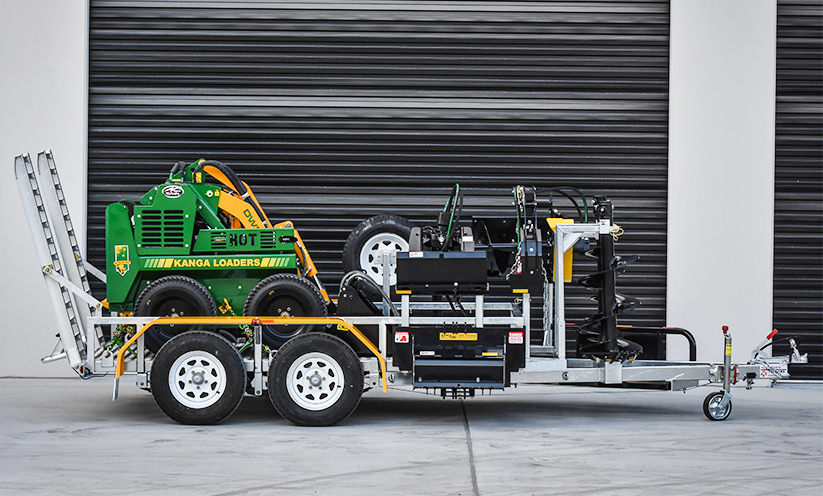
What terrain will you be operating your mini loader in? And what is best suited for your industry – wheels or tracks?
If you’re considering wheels, this opens up the option to different wheel types for different ground conditions, and are by far the most popular mini loader due to their versatility in different conditions. Find out more about wheeled loaders and their benefits here. The Kanga track over wheel system is very popular among wet climates that know they are up for muddy, wet conditions. Here the cost of ownership, as well as the easy of maintenance and repair also comes into play.
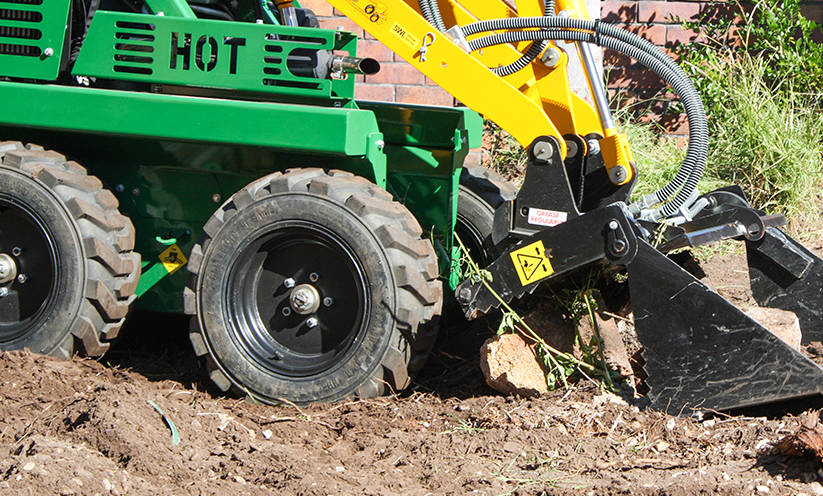
What is the real price of the loader over time?
A mini skid steer loader is a long-term investment and one of the most often overlooked factors is cost of ownership of your mini skid steer loader. While upfront costs are one consideration, it is over time and throughout the ownership experience that the hidden costs can often become clear. Operating costs, resale value, support network, resources and technical help, as well as a reliable service centre are all equally as important as the initial transaction. When buying a new mini skid steer, don’t just look at the price tag. Think about how much it will cost in the long term, too.
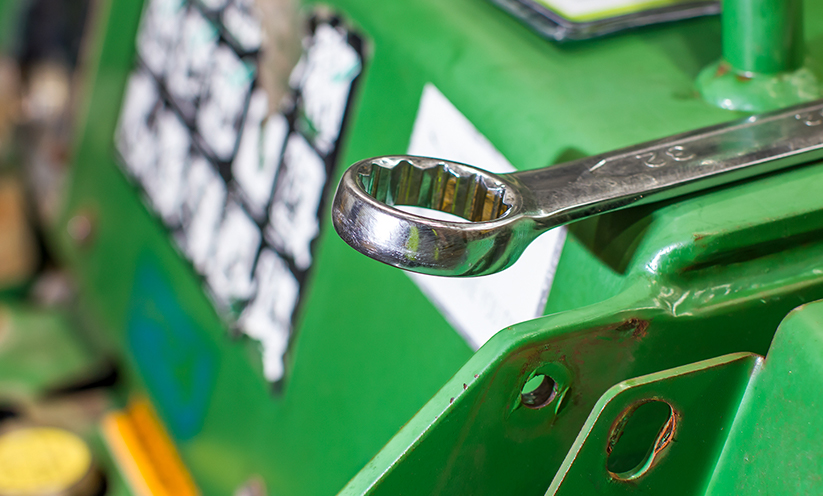
More detailed questions to ask yourself before purchasing a compact utility loader can be found here.
Should you have any question or would like to get in touch with one of our Kanga experts to find out which mini skid steer loader is the right one for you, give us a call at 833 305 2642.
Leave a Reply